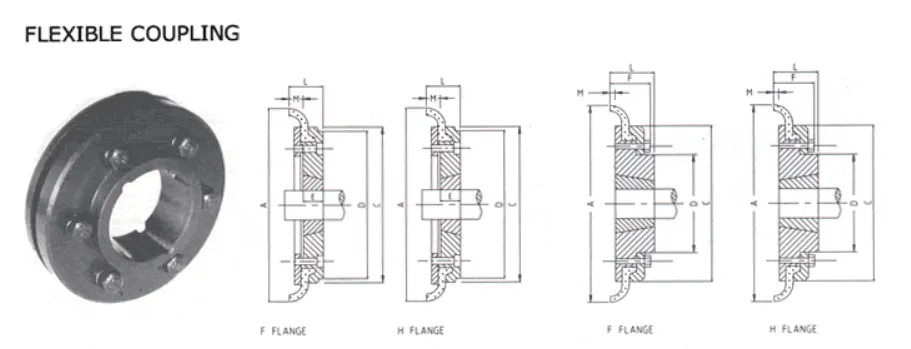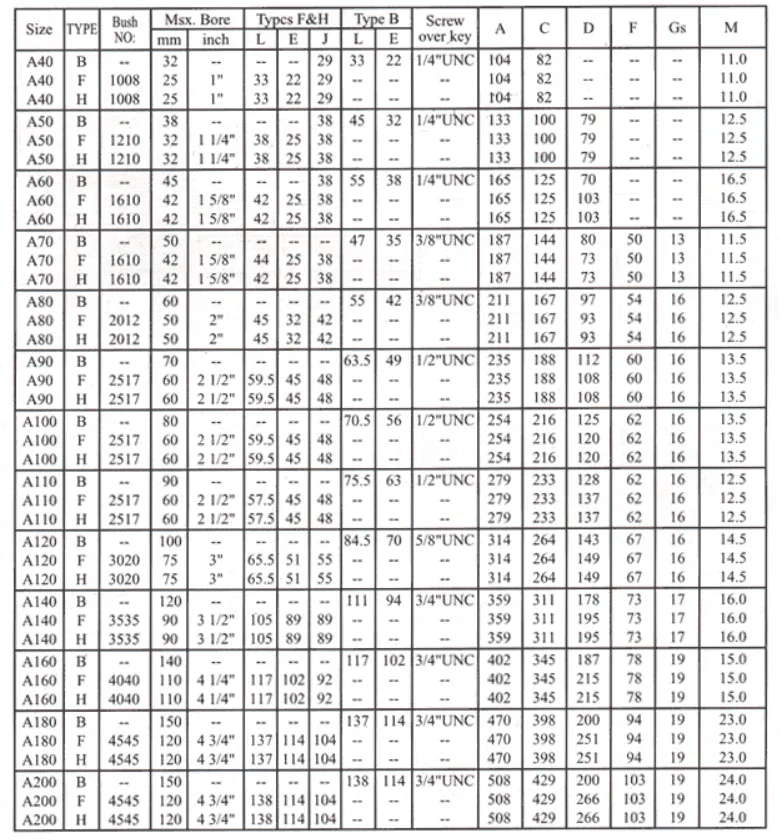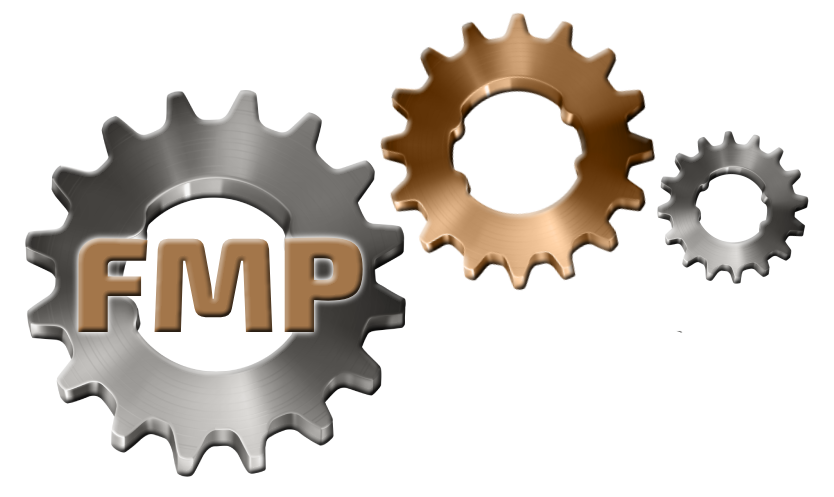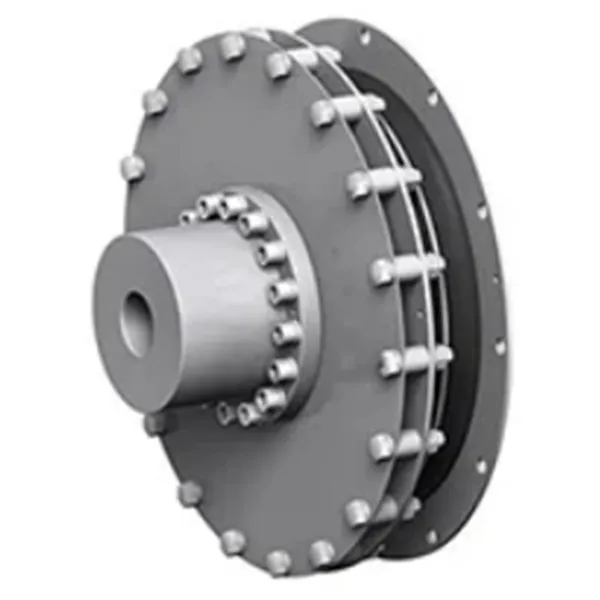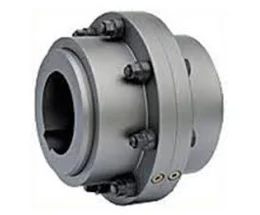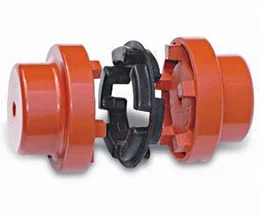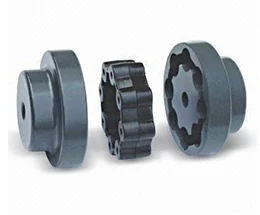A flexible coupling is a mechanical device designed to connect two rotating shafts while accommodating misalignment, absorbing shocks/vibrations, and transmitting torque between them. It is widely used in machinery where perfect shaft alignment is impractical or where dynamic forces (e.g., thermal expansion, vibration) must be mitigated. Below is a detailed introduction to flexible couplings:
Key Features
- Misalignment Compensation:
- Angular, Parallel, and Axial Misalignment: Flexible couplings tolerate minor angular, parallel (offset), or axial displacement between shafts.
- Types of Flexibility: Achieved via elastomeric elements, metallic flexing components (e.g., bellows, beams), or mechanical joints (e.g., universal joints).
- Vibration and Shock Damping:
- Reduces transmission of vibrations from motors, engines, or uneven loads to connected equipment.
- Elastomeric (rubber/polyurethane) couplings excel at damping high-frequency vibrations.
- Torque Transmission:
- Efficiently transfers rotational power while protecting machinery from overloads (some designs include torque-limiting features).
- Electrical Isolation:
- Certain couplings (e.g., non-metallic elastomeric types) prevent galvanic corrosion by electrically isolating dissimilar metals.
- Maintenance-Free or Low-Maintenance:
- Many modern flexible couplings require no lubrication and have long service lives.
